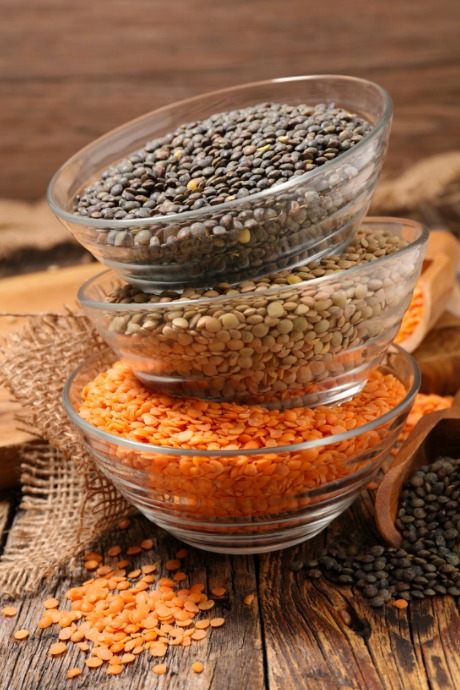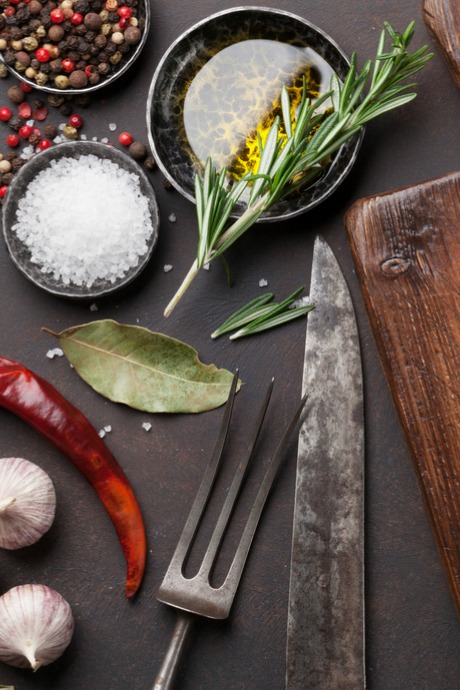Lentils: The Wonder Legume
Posted by Julie on Sep 24th 2018
We’re always looking for ways to stretch our food dollars and get more servings out of a recipe. One strategy we discovered is to add lentils to some of our favorite dishes. They're inexpensive, nutritious, and easy to cook. They also mix well into soups, salads, and stews.
If you don’t already augment your meals with a cup or two of cooked lentils, now’s the perfect time to start. Keep reading to learn more about the benefits of this wonder legume and how it might fit into your dinner plans.
What Are Lentils?
Lentils are legumes, like beans and peas. They’re a great source of nutrition -- full of protein and fiber, plus iron and folate. They come in a variety of colors, and they differ in terms of size, flavor, and cooking time.
Green and brown lentils tend to hold their shape during and after cooking, which makes them a good choice for adding to salads, rice, couscous, and other grains. Use them for stuffed peppers too.

Yellow, orange, and red lentils become softer when cooked. Try adding them to soups, chilis, stews, and other dishes where they can blend with other soft or liquid ingredients.
How to Cook Lentils
Delish compares cooking lentils to cooking rice; it’s really that simple. They recommend one cup of dry lentils to two cups of liquid. You can cook them in plain water, or try chicken or vegetable broth to add more flavor.
Epicurious recommends adding aromatics to your cooking liquid, such as garlic cloves, sprigs of fresh herbs, bay leaves, or peppercorns. Consider how you plan to use your cooked legumes when selecting aromatics. If they are destined for a soup or chili, you might try garlic or herbs. If you will toss them into a salad, go for something lighter.

Rinse before cooking, but there’s no need to soak them. Unlike dried beans, lentils will become tender within 20-40 minutes on the stovetop, depending on which type you’re cooking.
Do keep a close eye on them as cooking time elapses. You don’t want to overcook them to the point they get mushy. Don’t add salt until they are finished cooking, as salt can toughen them.
Where to Add Lentils
While you can find plenty of recipes featuring lentils, we love the idea of adding them as a bonus ingredient in recipes we already cook regularly.
Fortunately, we’ve already covered a wide range of recipes in which this legume would be a welcome addition. Start with breakfast burritos, where you can mix them into your filling of meat or beans. They're also an ideal component of veggie burgers or vegetarian chili. Toss them with salads any time of year. They can add heft to stuffed peppers too, whether as an addition to rice or quinoa or in place of them.

Finally, lentils and beans are both legumes, and they go perfectly well together. Try adding them to homemade baked beans or to bean soups, and watch them help a six-serving recipe feed eight people or more. Even better, they will increase the protein, fiber, and nutrition of whatever recipe you add them to.

